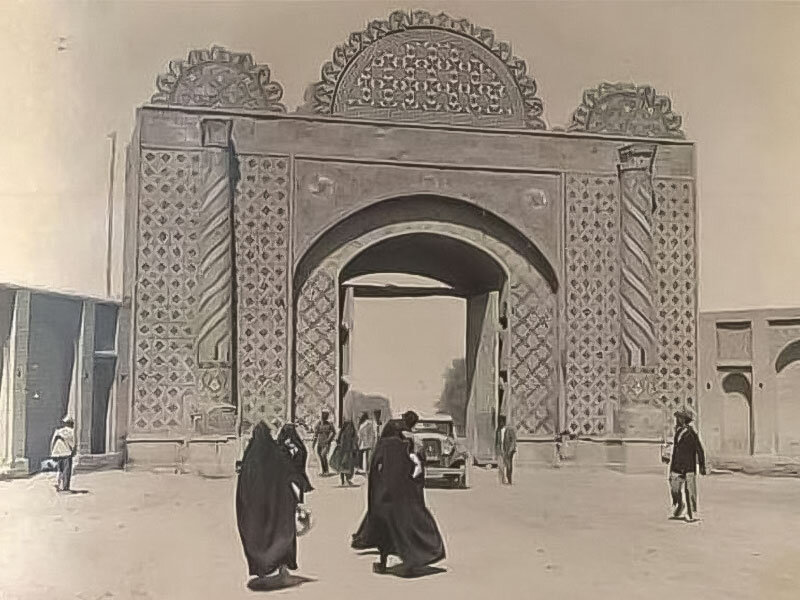Gates of Old Tehran on view at Golestan Palace

TEHRAN - The Golestan Palace, a magnificent testament to Iran’s rich history and culture, is playing host a captivating exhibition of massive linked with Old Tehran.
Scheduled to take place from Dec. 12 to 20, the exhibition is aimed at providing a fascinating glimpse into the Old Tehran and its iconic gates, offering visitors a unique opportunity to delve into the city’s past.
Tehran, the bustling capital of Iran, has undergone remarkable transformations over centuries, evolving from a small village into a thriving metropolis. Throughout its history, the city has been fortified with gates, serving as both defensive structures and symbolic landmarks.
The ancient gates of Tehran, each with its distinct architectural style and historical significance, have stood witness to the city’s evolution. Among these gates are notable entrances, such as Darvazeh Dowlat, Darvazeh Shemiran, Darvazeh Qazvin, Darvazeh Ghar, etc. each reflecting the diverse eras and influences that have shaped Tehran’s identity.
These gates, once integral to the city’s defense and commerce, now symbolize Tehran’s historical legacy, preserving tales of bygone eras and the cultural heritage of Iran. The exhibition at the Golestan Palace aims to showcase the architectural grandeur and historical significance of these gates through artifacts, photographs, and informative displays.
Golestan Palace once served as the official residence of Qajar monarchs who ruled Persia (Iran) between 1789 and 1925. It exemplifies the architectural and artistic achievements of the Qajar epoch, as well as the introduction of European motifs and styles into Persian art.
Experts say it displays a remarkable mixture of ancient Persian and contemporary European architectural styles, which characterized much of Iranian art in the 19th and 20th centuries.
The property embodies a successful integration of earlier Persian crafts and architecture with Western influences. Over the past two centuries, it has become a center of arts and architecture, a source of inspiration for Iranian artists and architects to this day.
The complex consists of eight key palace edifices mostly used as museums and the eponymous gardens, a green shared center of the complex, surrounded by an outer wall with gates.
AFM
Leave a Comment